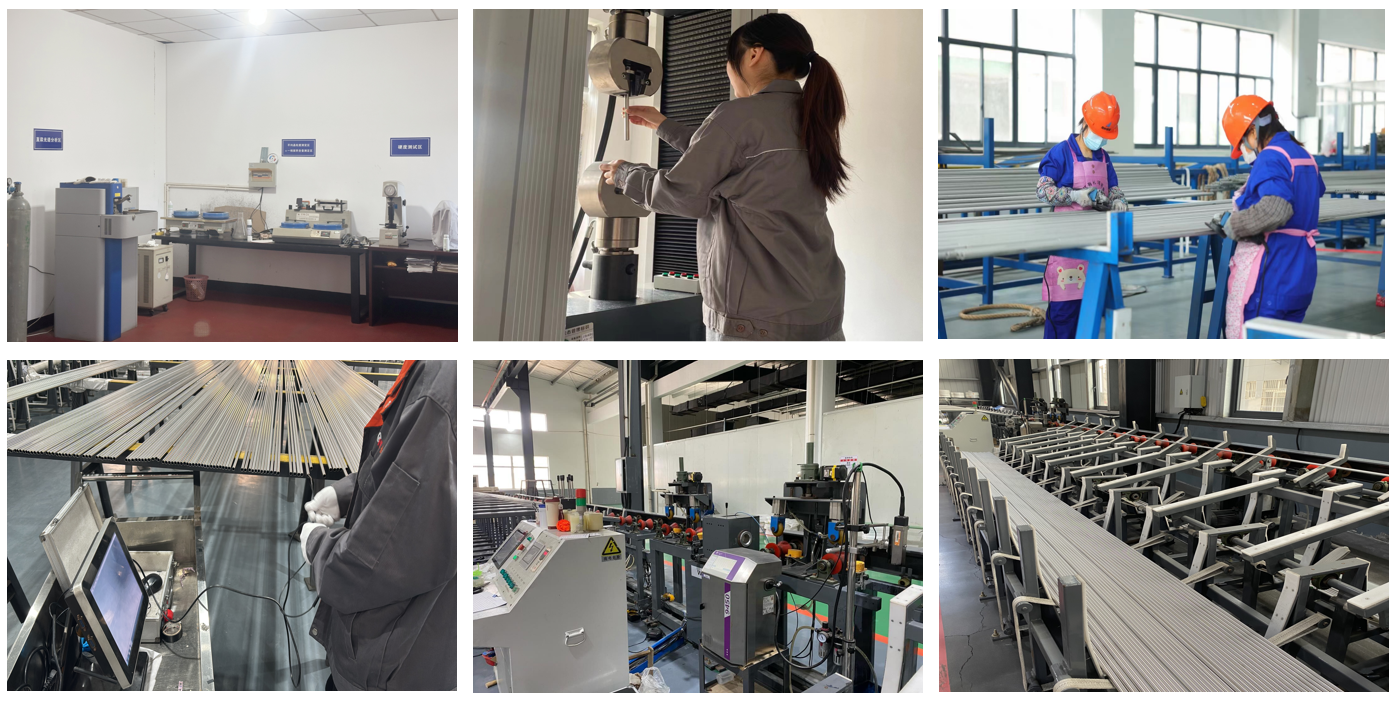| Availability: | |
|---|---|
| Quantity: | |
310S is a high-chromium-nickel austenitic heat-resistant stainless steel. Its high chromium (24-26%) and high nickel (19-22%) components form a stable chromium oxide protective layer, maintaining good thermal strength and a low coefficient of thermal expansion in continuous high-temperature environments.
It is mainly applied to industrial furnaces in oxidizing atmospheres, such as heat treatment furnace rollers, radiant tubes, and burners. Accessories for petrochemical cracking furnaces Ceramic/glass kiln support; High-temperature heat exchanger and cement kiln preheater components. It has a better cost performance than nickel-based alloys, but it is not resistant to reducing acids or halide corrosion, and its high-temperature strength is lower than that of nitrogen-strengthened steel grades.
The chemical composition
Mo | C | Si | Mn | P | S | Cr | Ni | ||||
≤0.75 | ≤0.08 | ≤1.00 | ≤2.00 | ≤0.045 | ≤0.03 | 24-26 | 19-22 |
Mechanical properties
tensile strength( Mpa) | 0.2% yield strength ( Mpa) | Elongation A5(%) |
≥ 515 | ≥ 205 | ≥35 |
Density: 7.98 g/cm3

310S is a high-chromium-nickel austenitic heat-resistant stainless steel. Its high chromium (24-26%) and high nickel (19-22%) components form a stable chromium oxide protective layer, maintaining good thermal strength and a low coefficient of thermal expansion in continuous high-temperature environments.
It is mainly applied to industrial furnaces in oxidizing atmospheres, such as heat treatment furnace rollers, radiant tubes, and burners. Accessories for petrochemical cracking furnaces Ceramic/glass kiln support; High-temperature heat exchanger and cement kiln preheater components. It has a better cost performance than nickel-based alloys, but it is not resistant to reducing acids or halide corrosion, and its high-temperature strength is lower than that of nitrogen-strengthened steel grades.
The chemical composition
Mo | C | Si | Mn | P | S | Cr | Ni | ||||
≤0.75 | ≤0.08 | ≤1.00 | ≤2.00 | ≤0.045 | ≤0.03 | 24-26 | 19-22 |
Mechanical properties
tensile strength( Mpa) | 0.2% yield strength ( Mpa) | Elongation A5(%) |
≥ 515 | ≥ 205 | ≥35 |
Density: 7.98 g/cm3






Company has 40 senior technicians, and meanwhile get the Quality Management Certification of ISO9001-2015 & PED 2014/68/EU and other related important certifications in industries. Such as DNV/ABS/TUV/Environment Management ISO 14001:2015/OHSMS Certification/Production License of Special Equipment P.R.C./US ASME Quality system certification and other Technology & Innovative Achievement Rewards.

Company has 40 senior technicians, and meanwhile get the Quality Management Certification of ISO9001-2015 & PED 2014/68/EU and other related important certifications in industries. Such as DNV/ABS/TUV/Environment Management ISO 14001:2015/OHSMS Certification/Production License of Special Equipment P.R.C./US ASME Quality system certification and other Technology & Innovative Achievement Rewards.